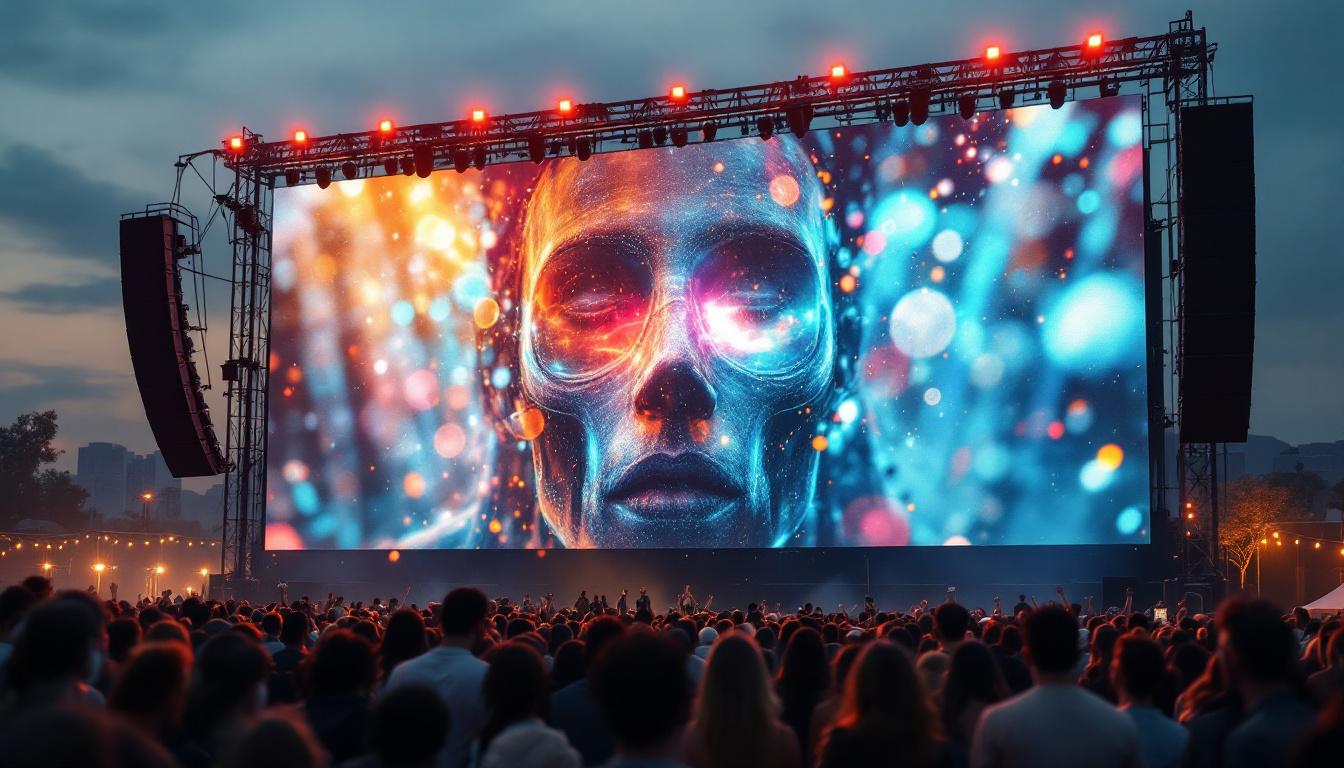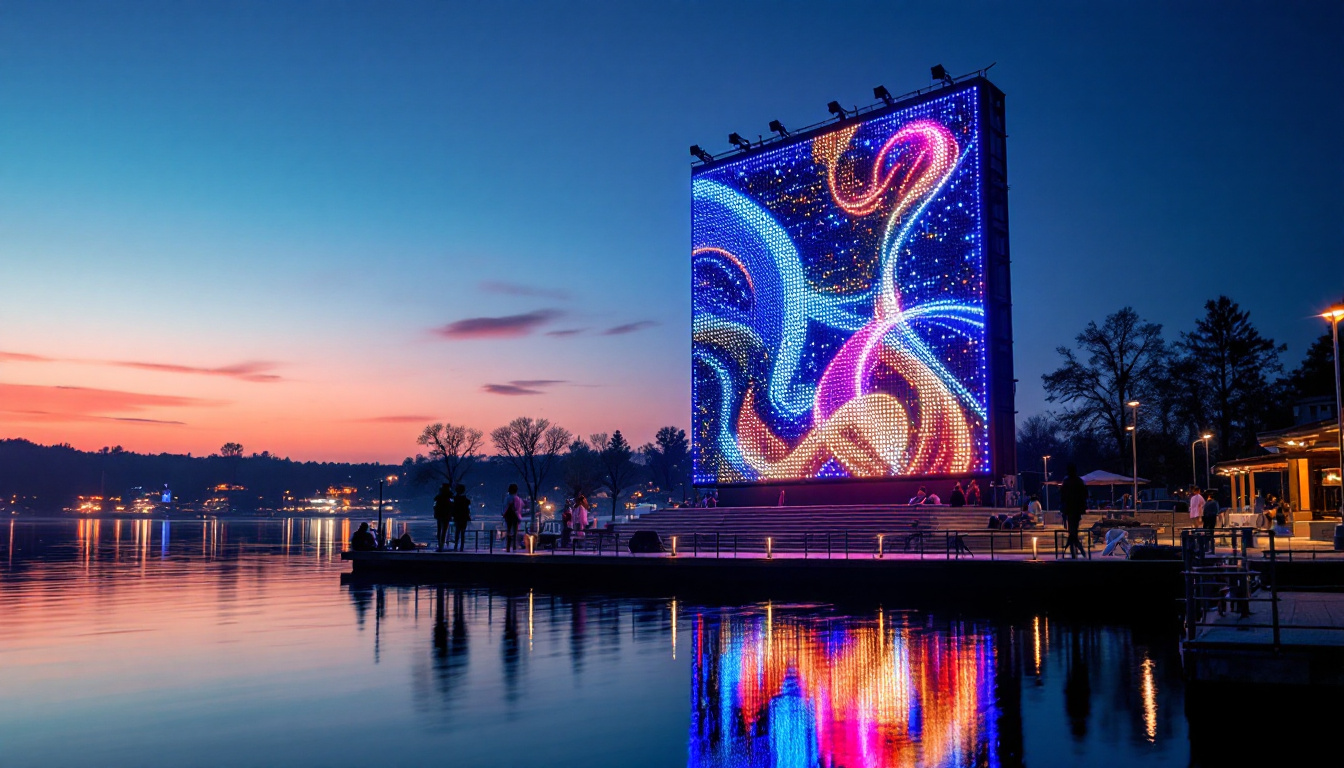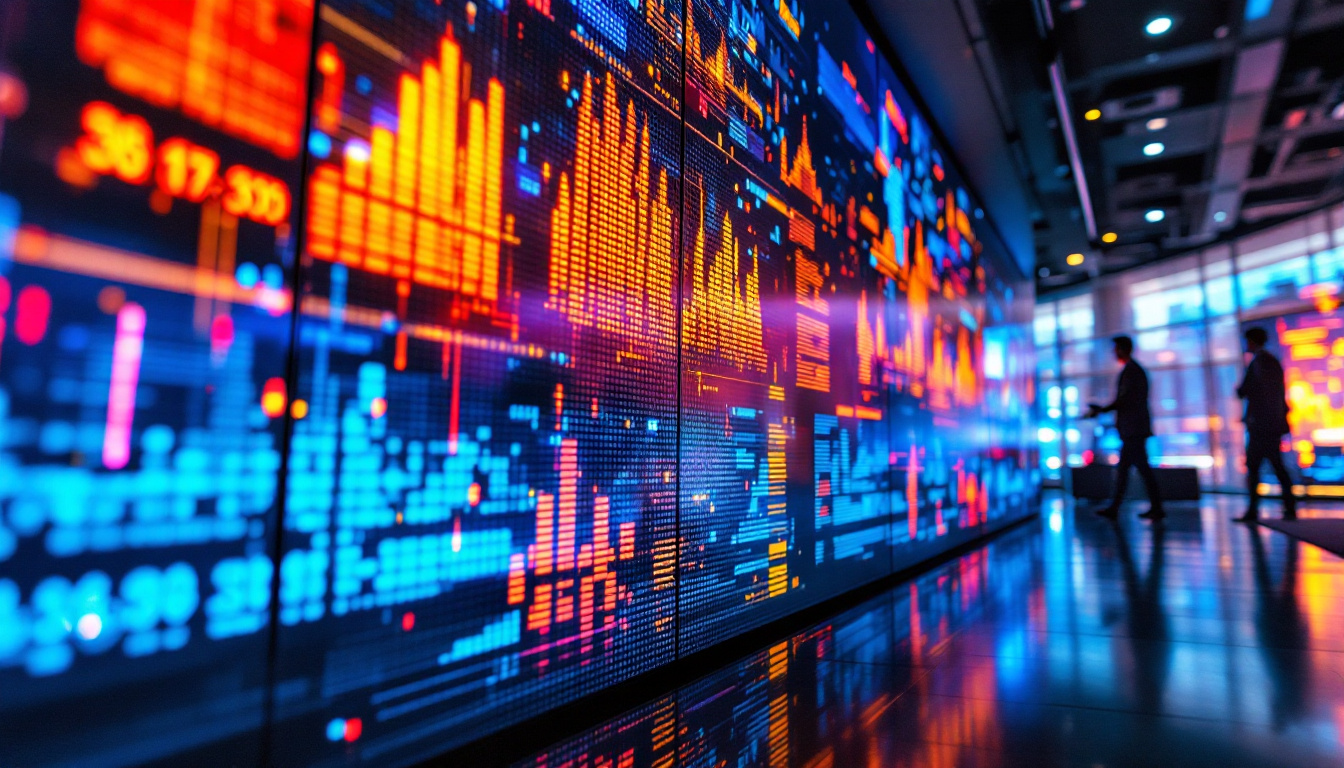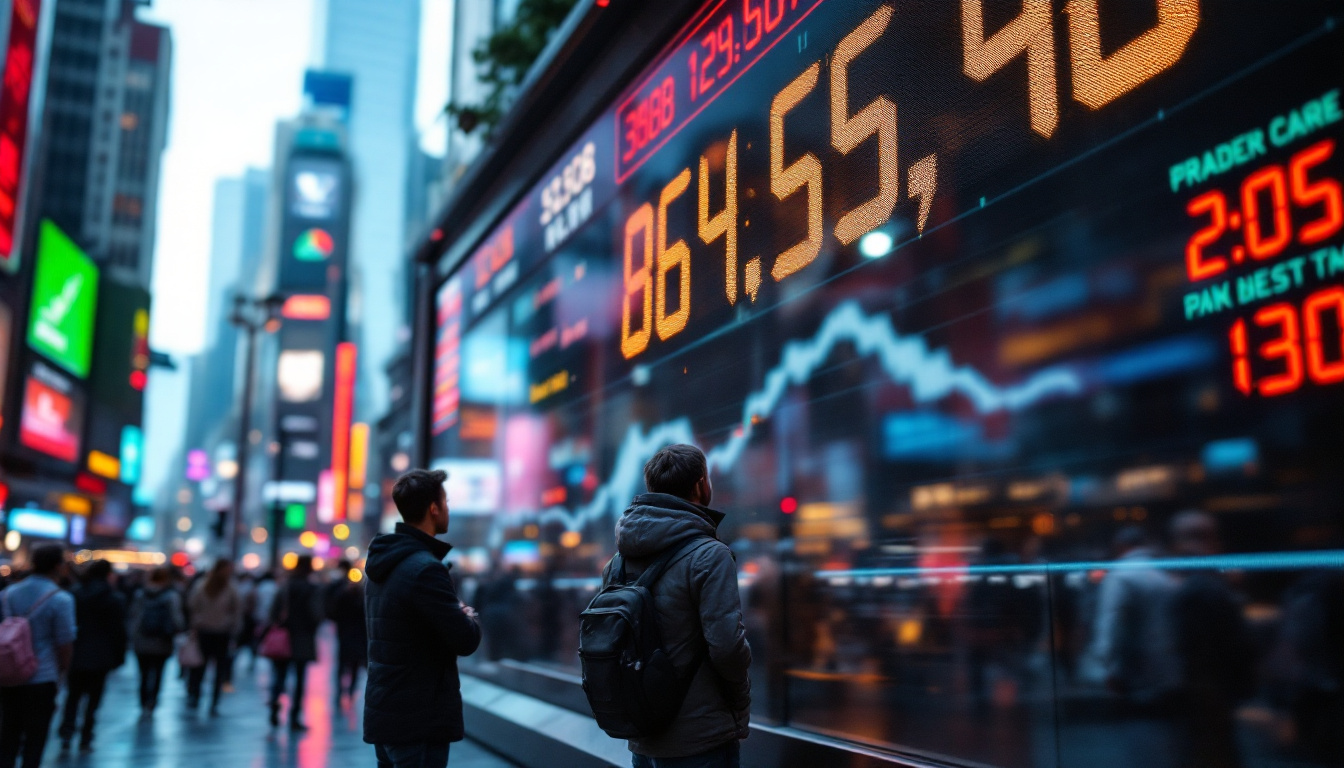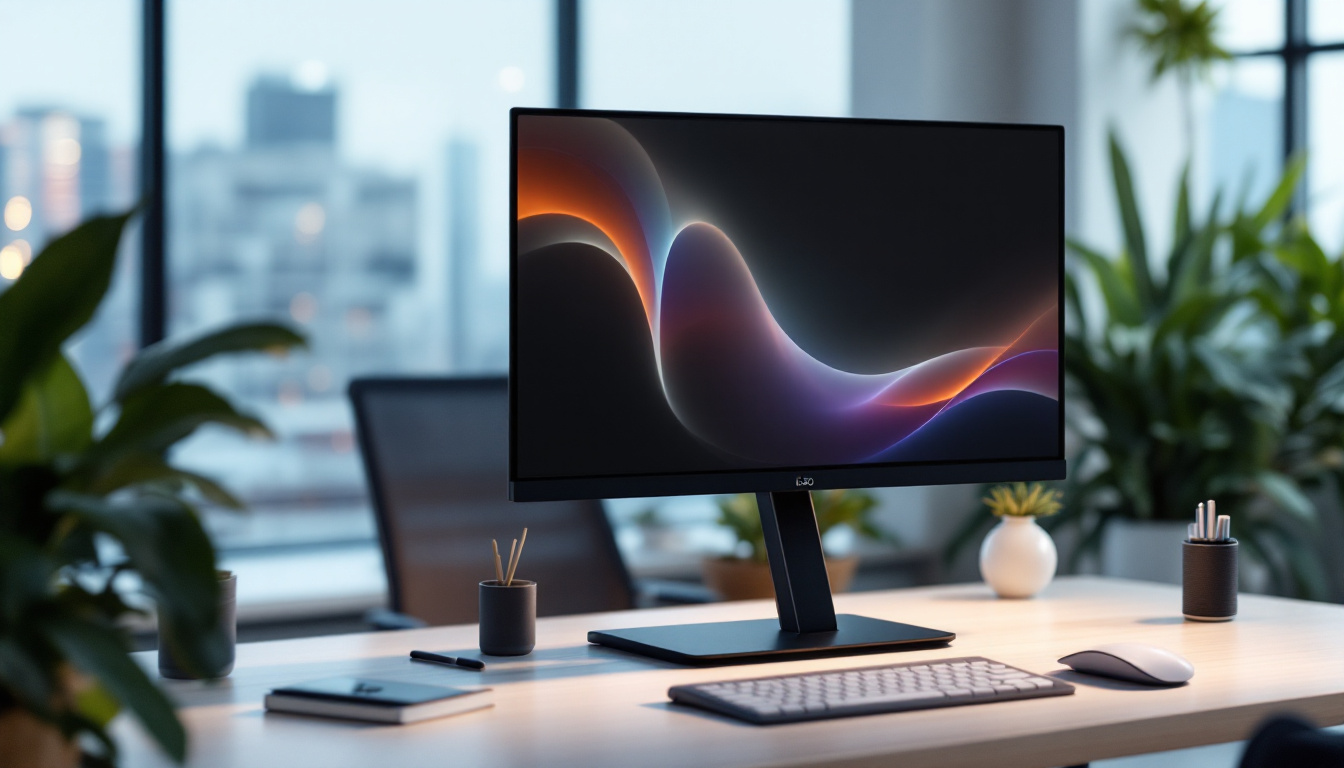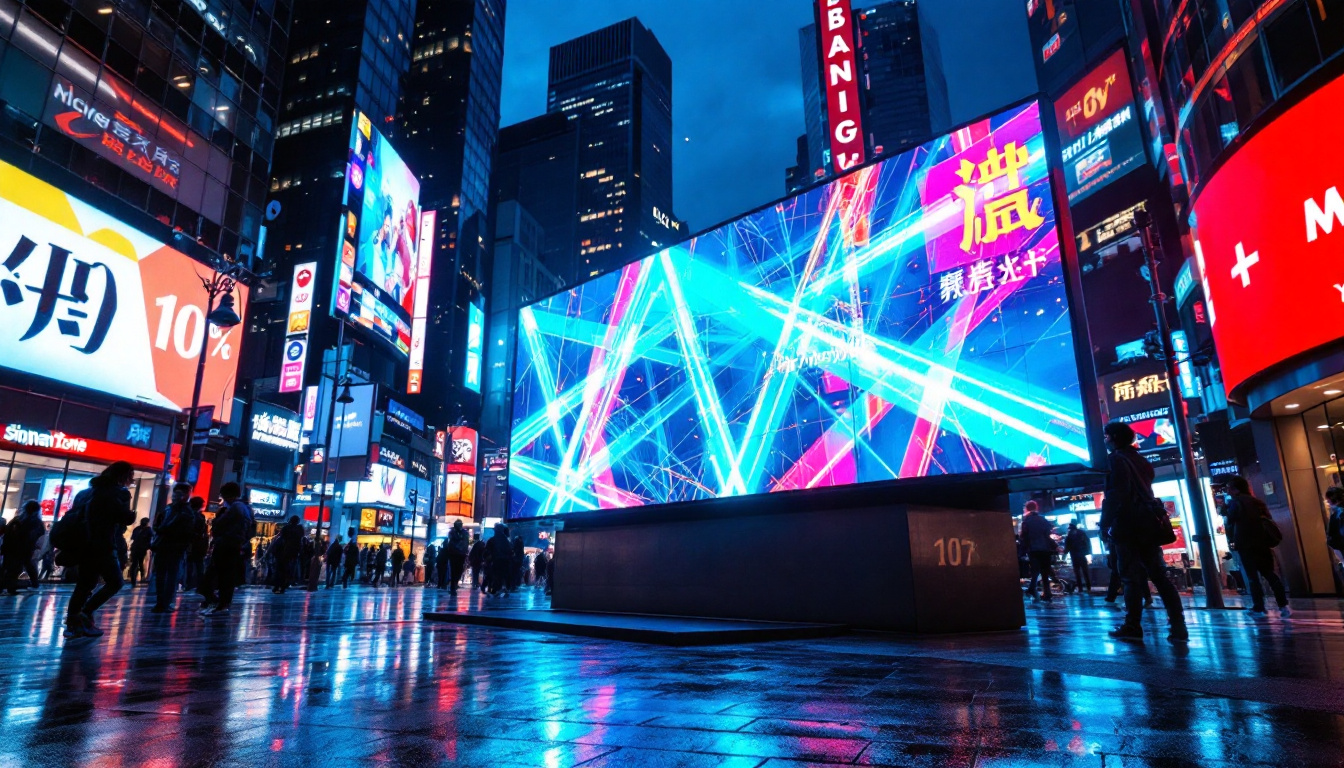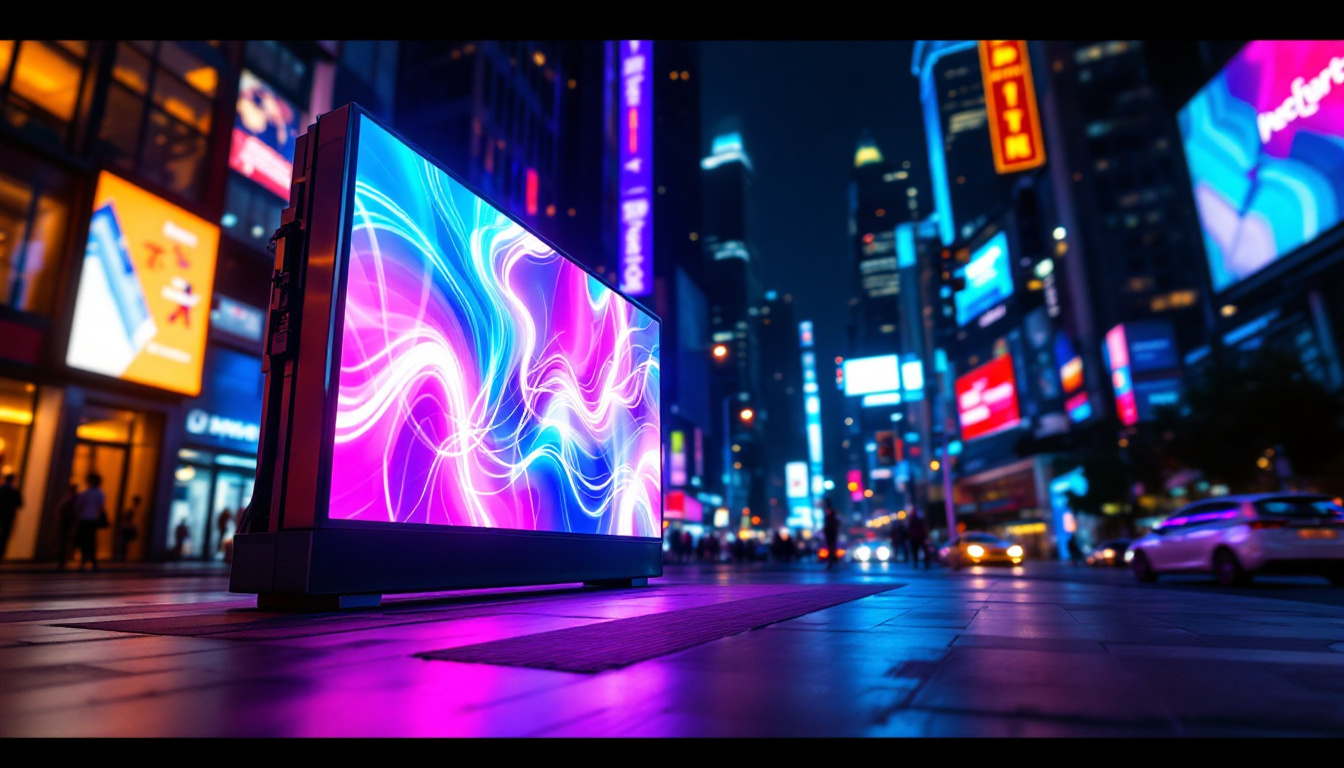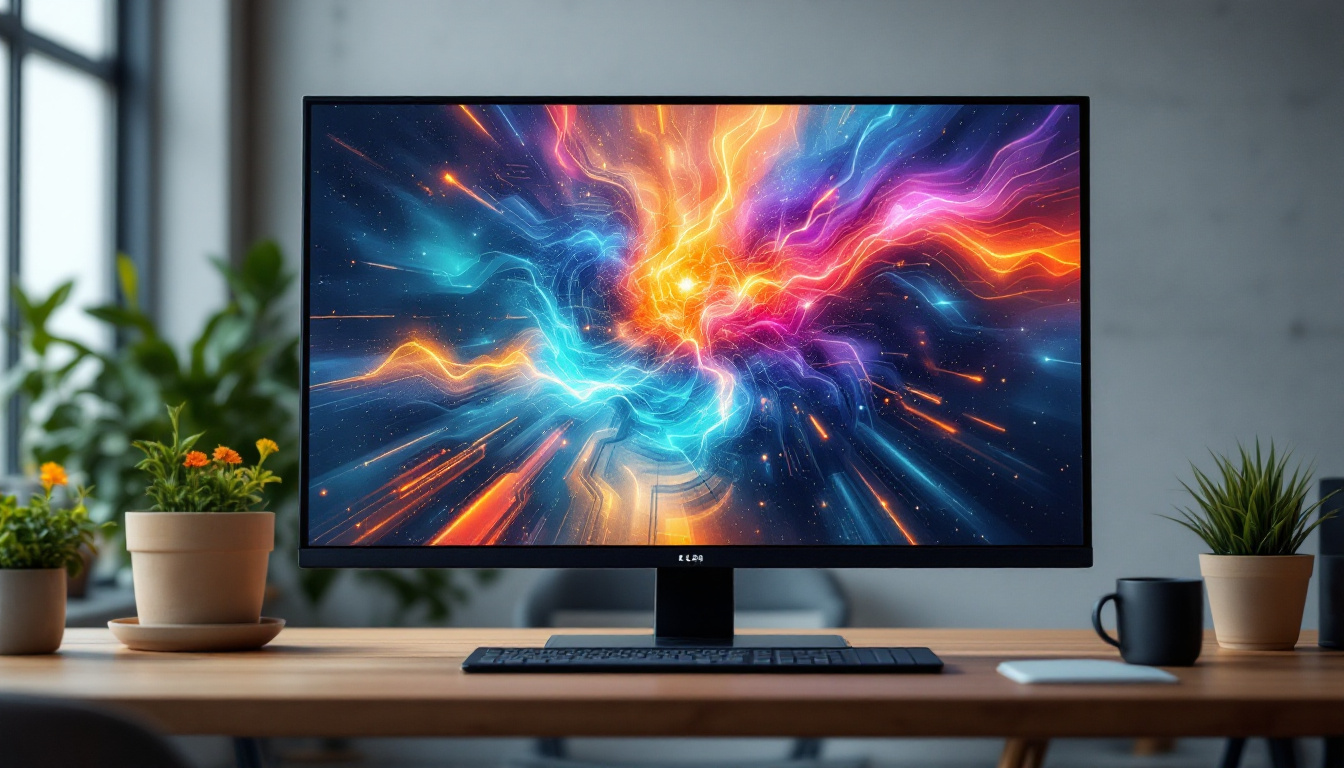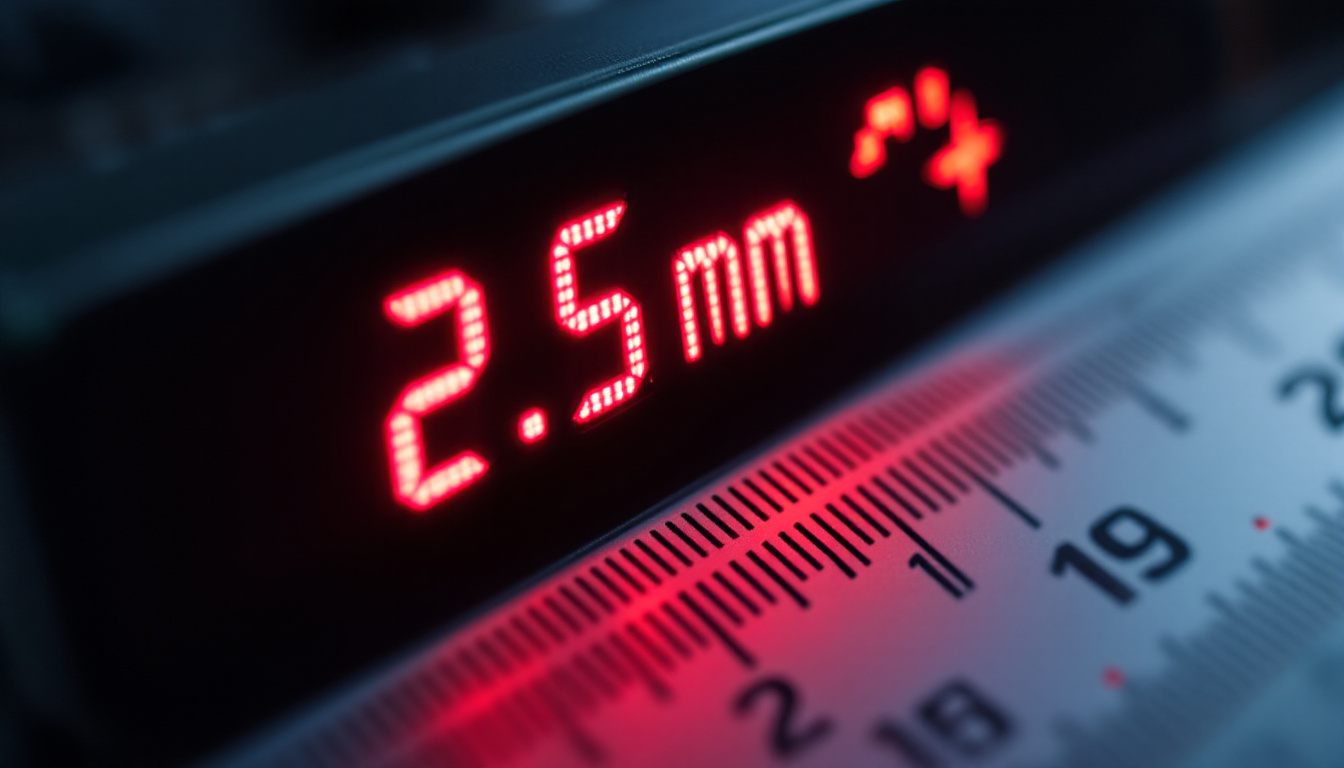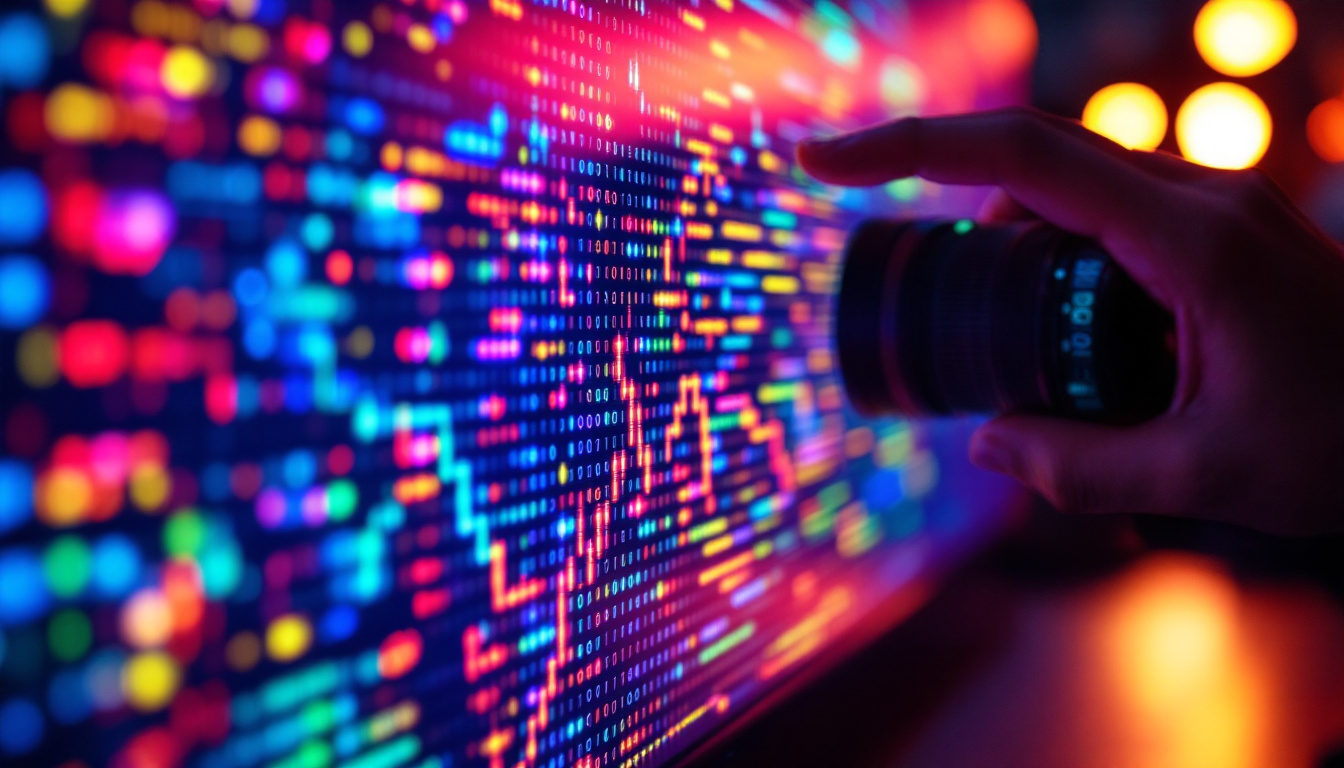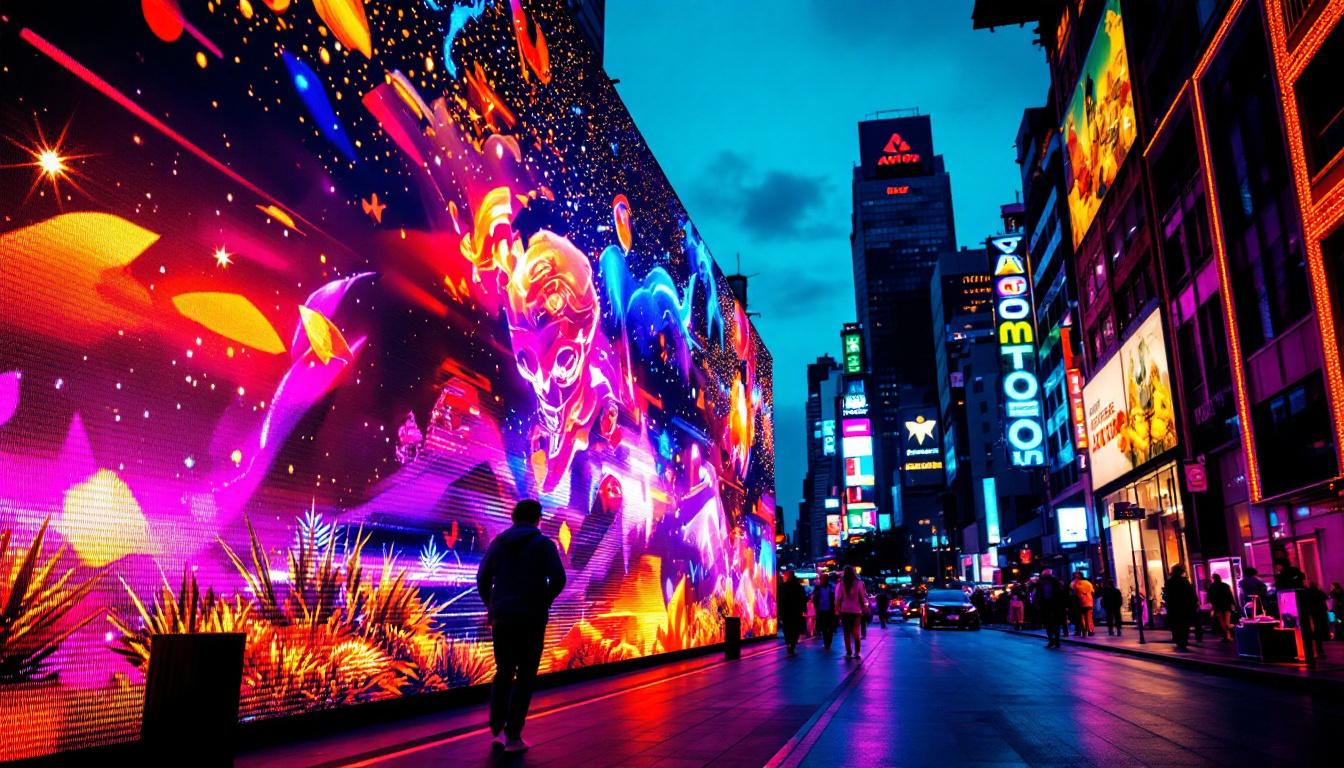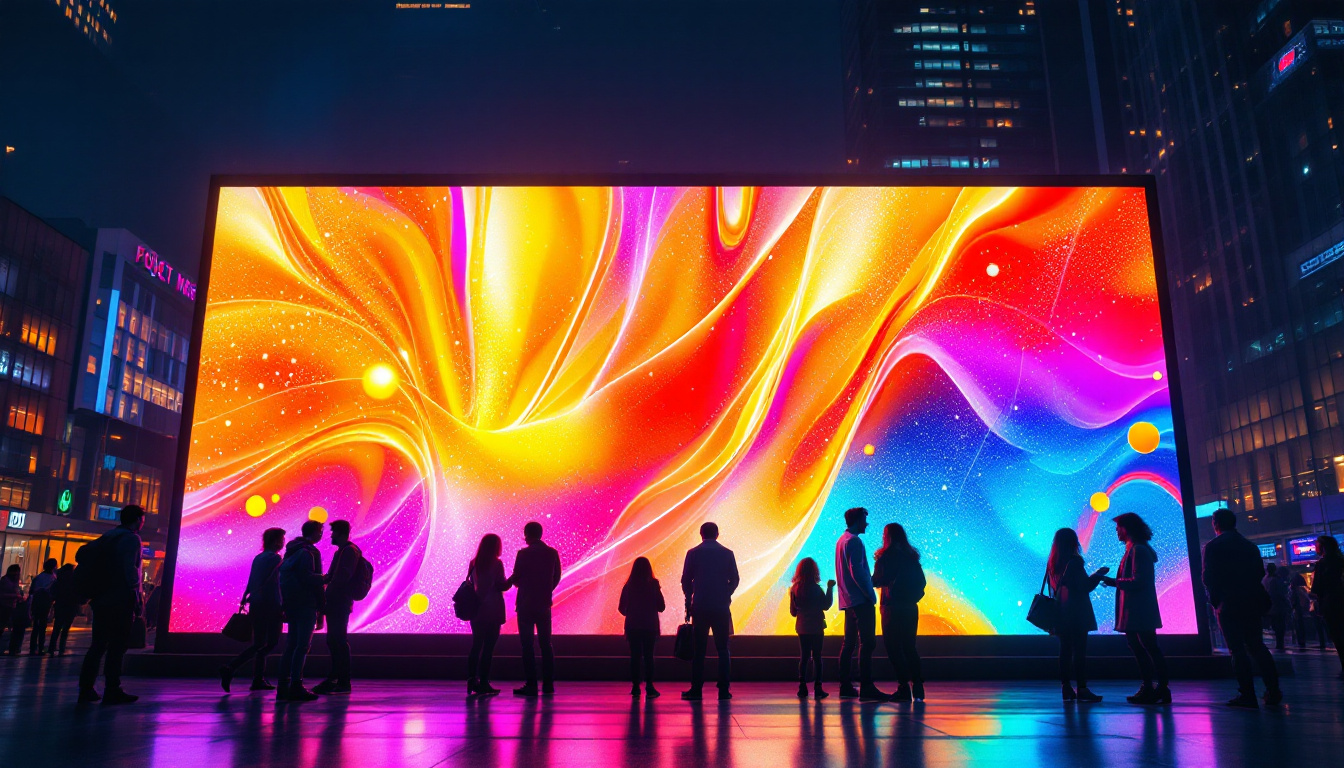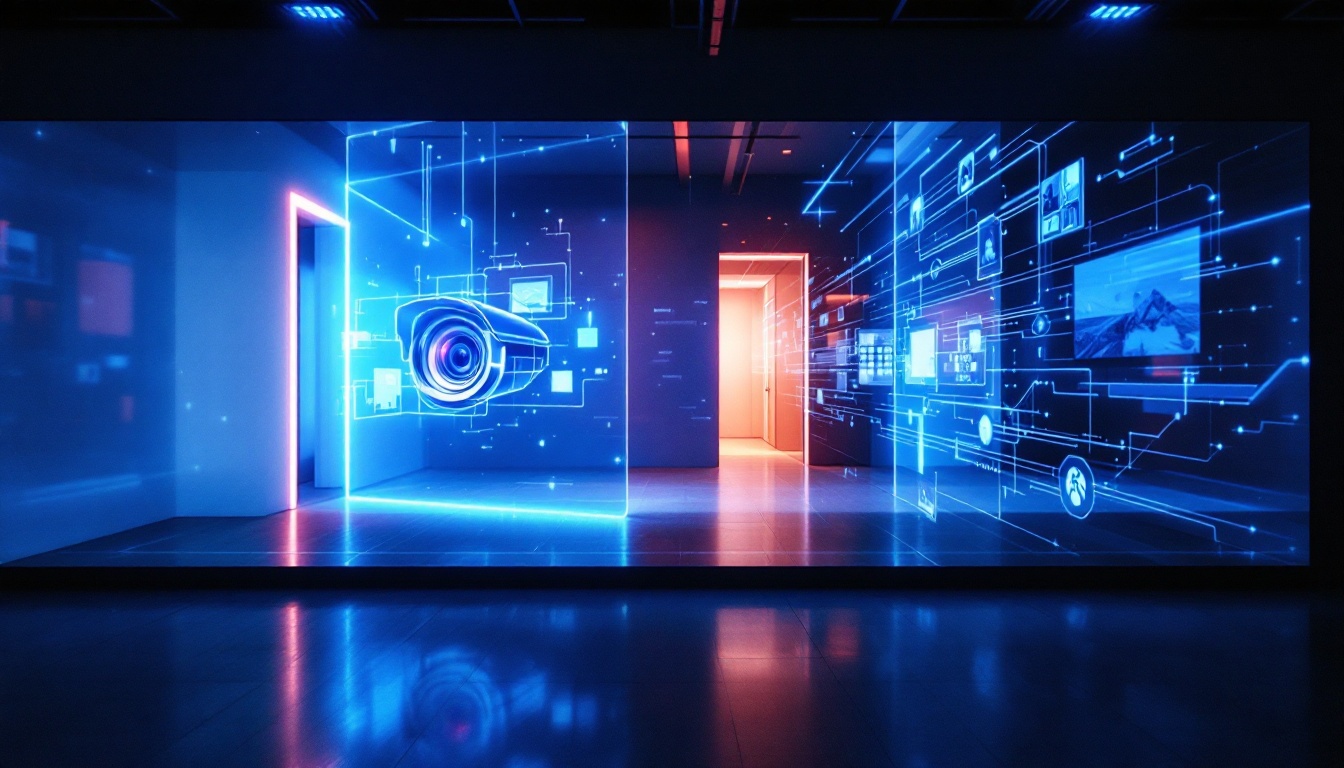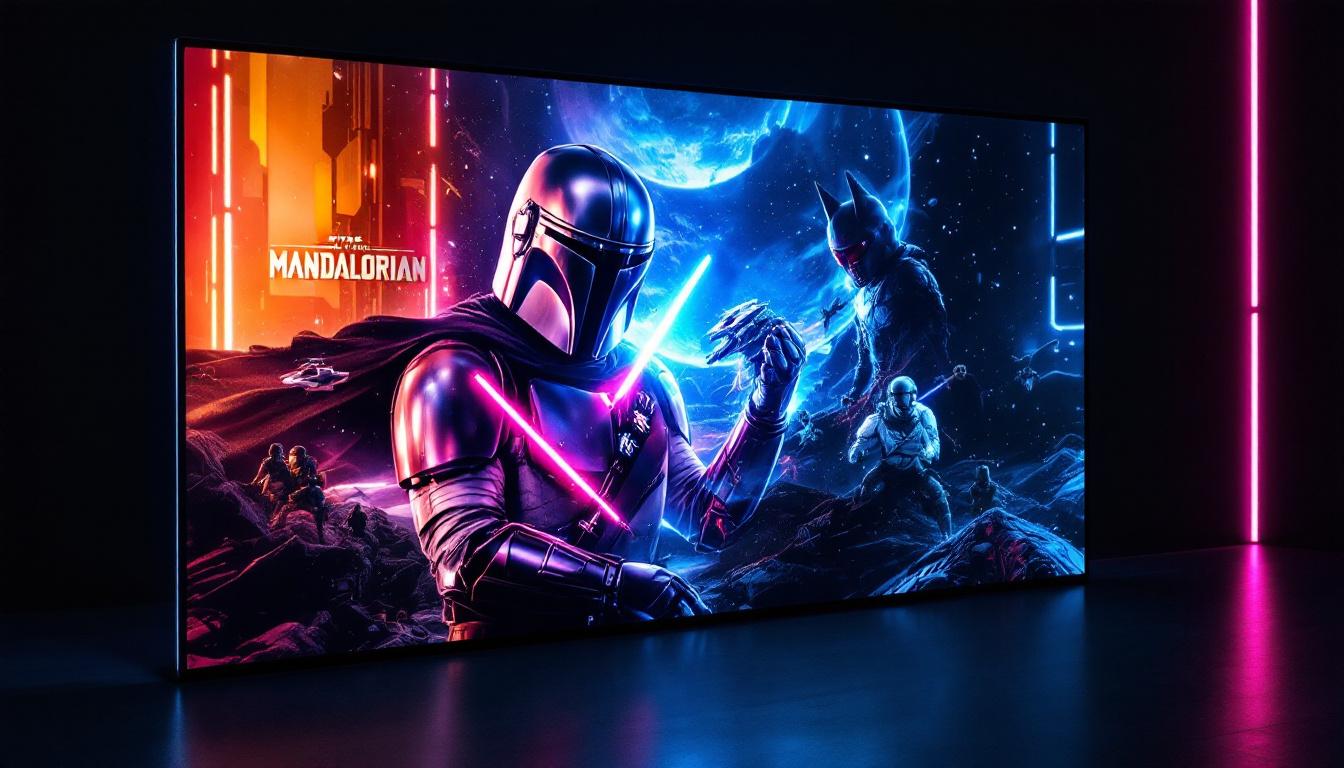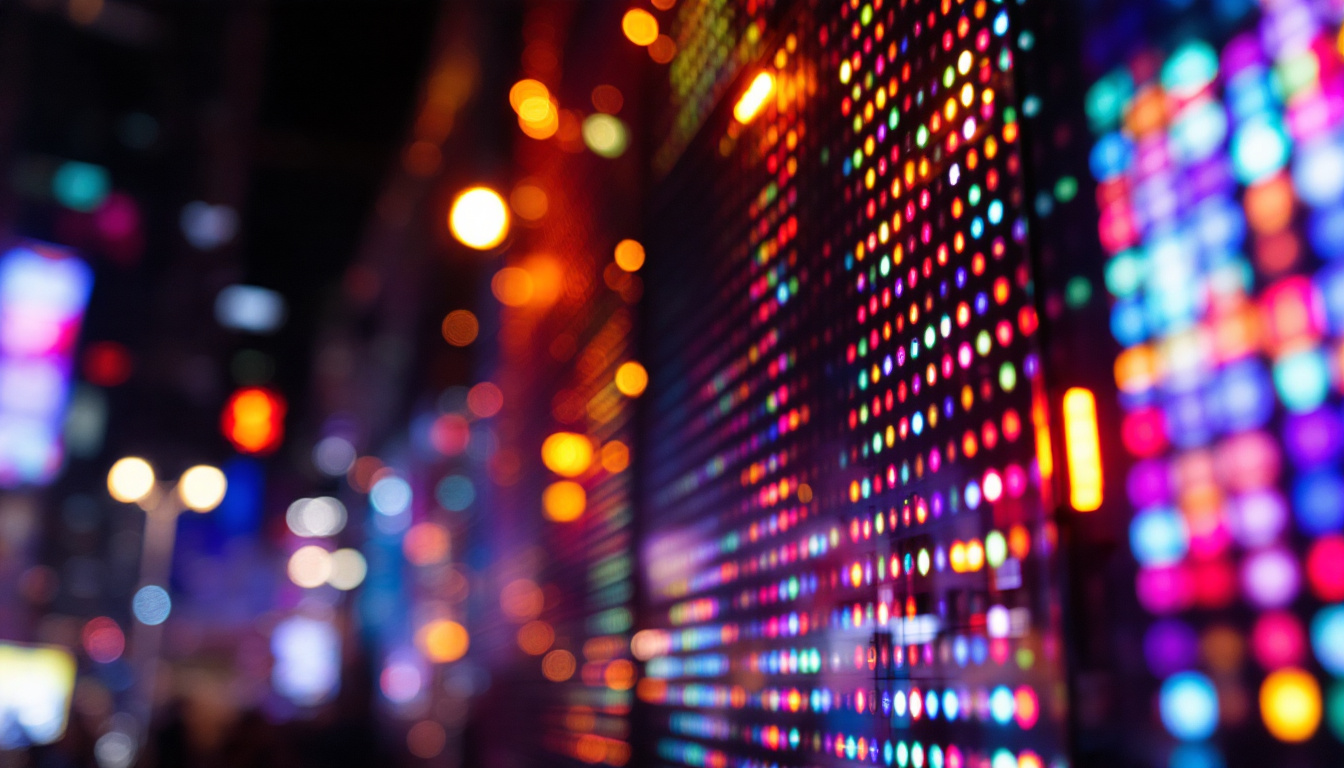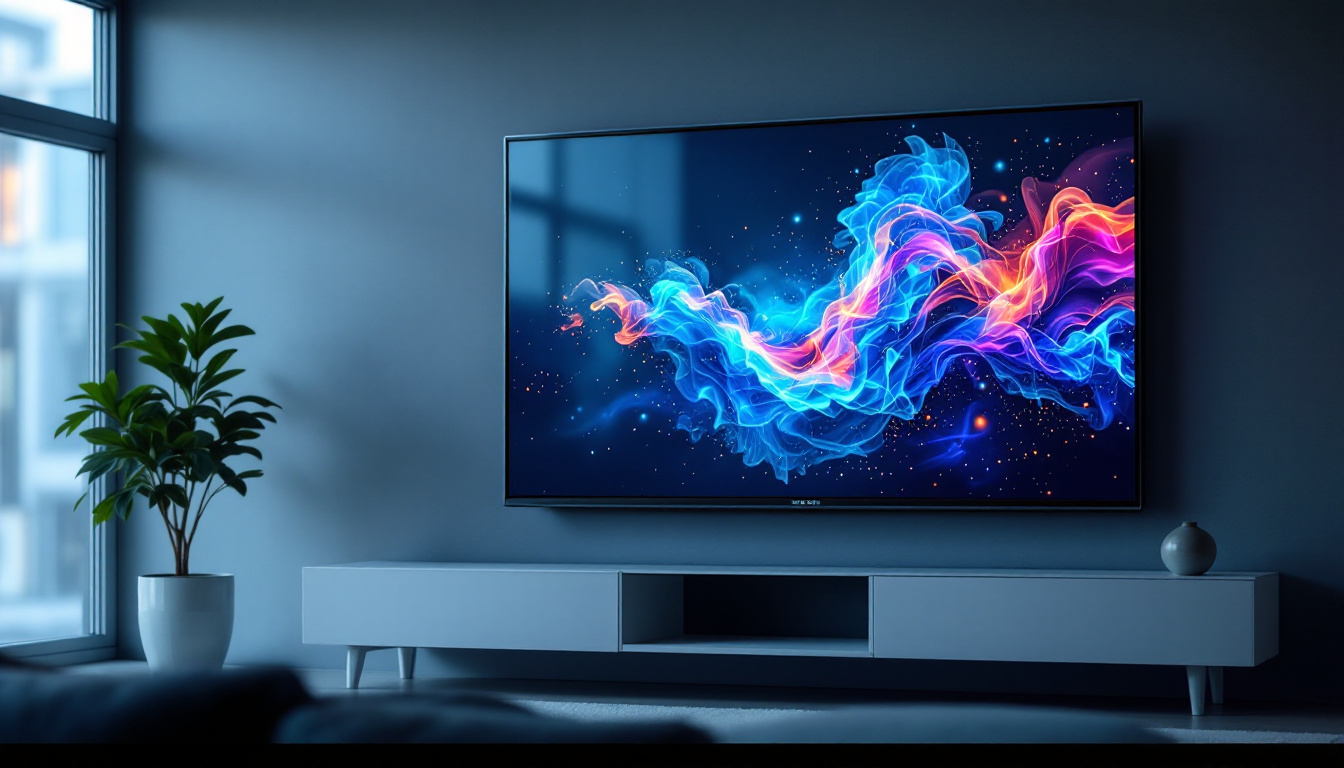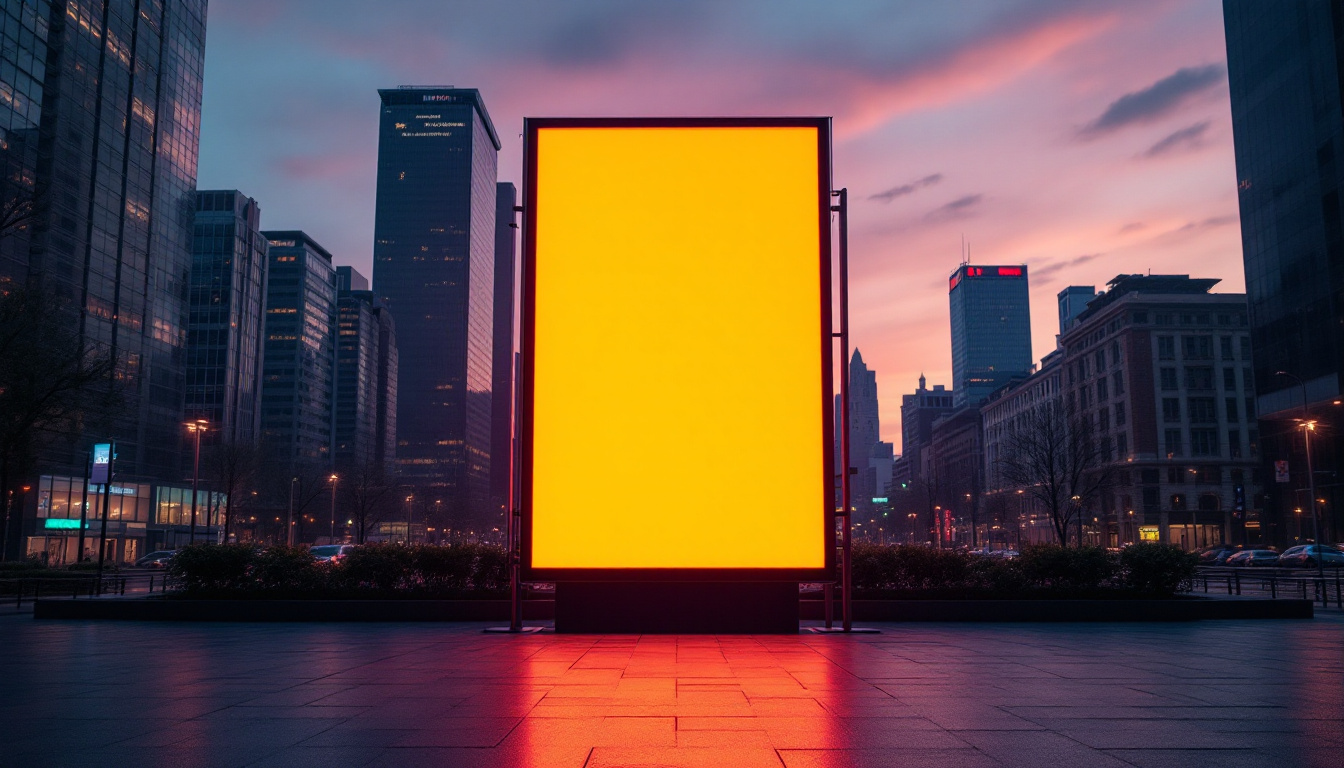In today’s fast-paced digital world, large LED screens have become an essential tool for communication, advertising, and entertainment. Whether it’s for a corporate event, a music festival, a sports game, or a public announcement, LED displays provide vibrant visuals that capture attention and convey messages effectively. This article explores the technology behind LED screens, the benefits of hiring large LED displays, and key considerations to ensure you get the most out of your LED screen hire experience.
Understanding LED Display Technology
At its core, an LED (Light Emitting Diode) display is a flat panel that uses tiny light-emitting diodes to produce images and videos. Unlike traditional LCD or projection screens, LED displays are self-illuminating, meaning each pixel emits its own light. This fundamental difference results in superior brightness, contrast, and color accuracy. The vibrant colors and deep blacks achievable with LED technology make it a preferred choice for various applications, from home theaters to large-scale advertising billboards.
How LED Screens Work
LED screens consist of thousands, sometimes millions, of individual diodes arranged in a grid. Each diode can be controlled to emit varying intensities of red, green, and blue light, which combine to create a full spectrum of colors. The resolution of an LED screen depends on the pixel pitch — the distance between the centers of two adjacent pixels. A smaller pixel pitch means higher resolution and sharper images, especially important for close viewing distances. This capability allows for stunning visuals in environments where detail is crucial, such as in digital signage or high-end gaming setups.
Modern LED panels are modular, allowing them to be assembled into virtually any size or shape. This flexibility makes LED screens ideal for large-scale events or advertising installations where custom dimensions are required. Furthermore, advancements in technology have led to the development of curved and flexible LED displays, which can enhance the viewing experience by wrapping around structures or creating immersive environments.
Types of LED Displays
There are two primary types of LED displays: indoor and outdoor. Indoor LED screens typically have a smaller pixel pitch (1.2mm to 4mm) since viewers are closer, requiring higher resolution. Outdoor LED screens have larger pixel pitches (4mm to 20mm or more) to enhance visibility from greater distances and withstand environmental factors like sunlight and weather. These outdoor displays are often equipped with protective features such as waterproofing and UV resistance, ensuring they maintain performance and longevity in varying conditions.
Additionally, transparent LED screens are gaining popularity for retail and architectural applications, allowing light to pass through while displaying digital content. This innovative design not only showcases products but also maintains the aesthetic appeal of the space, blending technology with the environment seamlessly. Moreover, advancements in microLED technology are paving the way for even more refined displays, promising higher efficiency and even greater color accuracy, which could revolutionize how we interact with digital content in the near future.
Why Hire a Large LED Screen?
Large LED screens offer dynamic and impactful ways to communicate with audiences. Hiring rather than purchasing an LED screen is often the most practical and cost-effective solution for many organizations.
Cost-Effectiveness and Flexibility
Purchasing a large LED screen can be a significant investment, often costing tens or hundreds of thousands of dollars depending on size and resolution. For one-off events or short-term campaigns, hiring an LED screen provides access to cutting-edge technology without the upfront capital expenditure.
Moreover, rental companies typically offer a range of screen sizes and configurations, enabling clients to select the perfect display for their specific needs. This flexibility is invaluable for event planners who may require different setups for different occasions. Additionally, many rental services include technical support and installation, alleviating the stress of setup and allowing clients to focus on the content and overall experience of their event.
Enhanced Audience Engagement
Research shows that digital signage can increase audience engagement by up to 400% compared to static signs. Large LED screens captivate attention with bright, vibrant visuals and motion graphics that are easily visible even in bright daylight or large venues. This makes them ideal for advertising, live event broadcasting, and interactive experiences.
For example, during sports events, LED screens display live scores, replays, and sponsor advertisements, enhancing the overall fan experience. At concerts and festivals, they provide close-up views of performers, ensuring that even attendees far from the stage feel connected. Furthermore, the use of interactive features, such as live polling or social media integration, can transform a passive audience into active participants, fostering a sense of community and excitement around the event.
Versatility Across Industries
Large LED screens are used across a variety of sectors including entertainment, retail, corporate, education, and public services. In retail environments, LED displays promote products and sales, while in corporate settings they support presentations, conferences, and brand messaging. Educational institutions use LED screens for lectures and events, and municipalities deploy them for public safety announcements and community engagement.
In addition to these applications, the adaptability of LED screens allows them to be used in unique ways, such as immersive art installations or as part of experiential marketing campaigns. For instance, brands can create stunning visual displays that tell a story or evoke emotions, drawing in potential customers and leaving a lasting impression. This versatility not only enhances the effectiveness of communication but also ensures that organizations can leverage the latest technology to stand out in a crowded marketplace.
Key Considerations When Hiring a Large LED Screen
To maximize the benefits of hiring a large LED screen, it’s important to consider several factors before making a decision.
Screen Size and Viewing Distance
Choosing the right screen size depends largely on the venue and expected audience size. A common rule of thumb is that the viewing distance should be at least 10 times the pixel pitch for clear image quality. For example, a screen with a 5mm pixel pitch is best viewed from 50mm (5cm) or more away.
Rental providers can help assess your venue and recommend an optimal screen size and resolution to ensure visibility and impact.
Brightness and Weather Resistance
Outdoor LED screens require high brightness levels, often exceeding 5,000 nits, to remain visible in direct sunlight. Additionally, these screens must be weatherproof, with protection against rain, dust, and extreme temperatures. Indoor screens typically have lower brightness requirements but should still offer excellent contrast and color accuracy.
Content Management and Playback
Modern LED screen hire services often include content management solutions, allowing clients to upload, schedule, and control digital content remotely. This capability is crucial for dynamic events where content needs to change in real time or be customized for different audience segments.
Compatibility with various media formats and ease of use are important factors to discuss with your rental provider.
Installation and Support
Professional installation is essential to ensure safety and optimal performance. Rental companies usually provide experienced technicians to set up, operate, and dismantle the screen. On-site support during the event helps address any technical issues promptly, minimizing downtime.
Case Studies: Successful Large LED Screen Hire Applications
Examining real-world examples highlights how large LED screen hire can elevate events and campaigns.
Music Festivals
At the 2023 Glastonbury Festival, large LED screens were strategically placed around the main stages to broadcast live performances. With pixel pitches of 6mm and brightness levels exceeding 6,000 nits, the screens delivered crystal-clear visuals even under bright daylight. This setup enhanced audience engagement and allowed thousands of attendees to enjoy close-up views of the artists, significantly improving the overall festival experience.
Corporate Conferences
A multinational technology company hired a 20-square-meter indoor LED screen for its annual conference. The screen’s 2.5mm pixel pitch ensured sharp presentation slides and video playback visible from all seating areas. Integrated content management software allowed presenters to switch seamlessly between live video feeds and pre-recorded content, creating a polished and professional event atmosphere.
Sporting Events
During the 2022 UEFA Champions League final, a large outdoor LED screen was installed in the fan zone to broadcast the match live. The screen’s weatherproof design and high brightness ensured uninterrupted viewing despite rainy conditions. Additionally, real-time statistics and sponsor messages were displayed, enhancing fan engagement and generating additional advertising revenue.
Future Trends in Large LED Screen Technology
The LED display industry continues to evolve rapidly, driven by advancements in technology and changing user demands.
MicroLED and MiniLED Innovations
Emerging MicroLED and MiniLED technologies promise even higher resolutions, improved energy efficiency, and longer lifespans. MicroLED displays, composed of microscopic LEDs, offer superior contrast and color accuracy, potentially revolutionizing both indoor and outdoor applications.
Interactive and Immersive Displays
Interactive LED screens equipped with touch capabilities and motion sensors are becoming more common, enabling immersive experiences at events and retail locations. Augmented reality (AR) integration is also on the horizon, allowing digital content to blend seamlessly with physical environments.
Sustainability and Energy Efficiency
As environmental concerns grow, manufacturers are focusing on reducing the energy consumption of LED screens and using recyclable materials. Rental companies are also adopting greener practices, such as LED screen sharing and modular designs that reduce waste.
Conclusion
Large LED screen hire offers a powerful and flexible solution for delivering high-impact visual communication across a wide range of applications. Understanding the technology, benefits, and key considerations helps organizations make informed decisions that maximize audience engagement and return on investment.
Whether hosting a live event, launching a marketing campaign, or enhancing a public space, large LED displays provide unmatched brightness, clarity, and versatility. With ongoing innovations and expanding use cases, LED screen hire is set to remain a cornerstone of modern digital communication for years to come.
Discover LumenMatrix’s Innovative LED Solutions
Ready to elevate your event or campaign with high-impact visual displays? LumenMatrix is at the forefront of LED display technology, offering a wide array of solutions tailored to your needs. From Indoor and Outdoor LED Walls to specialized displays for vehicles, sports, and even customizable options, we have the tools to bring your vision to life. Experience the future of visual communication with our cutting-edge LED displays that promise to captivate your audience and amplify your message. Check out LumenMatrix LED Display Solutions today and transform your space into a dynamic visual experience.

